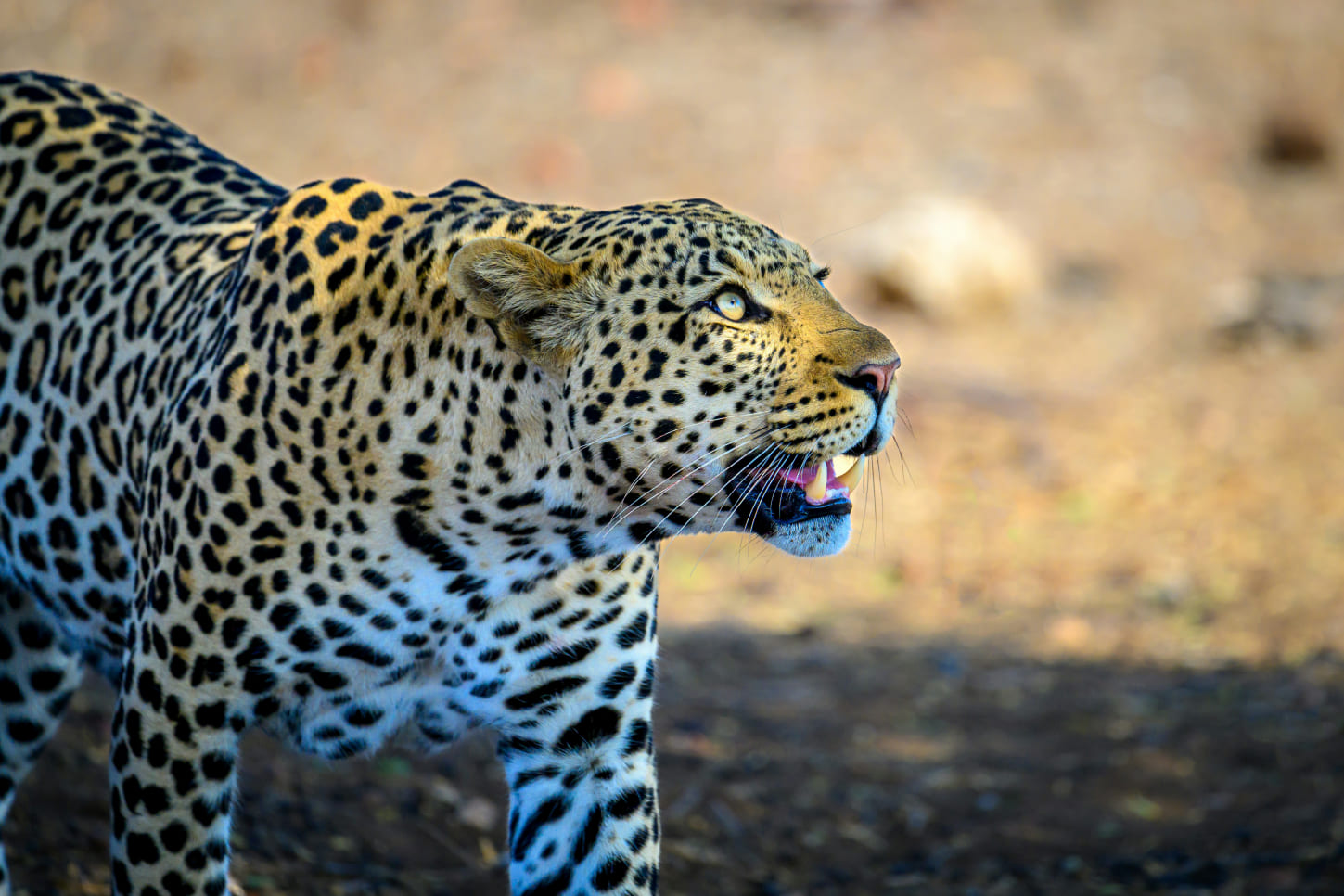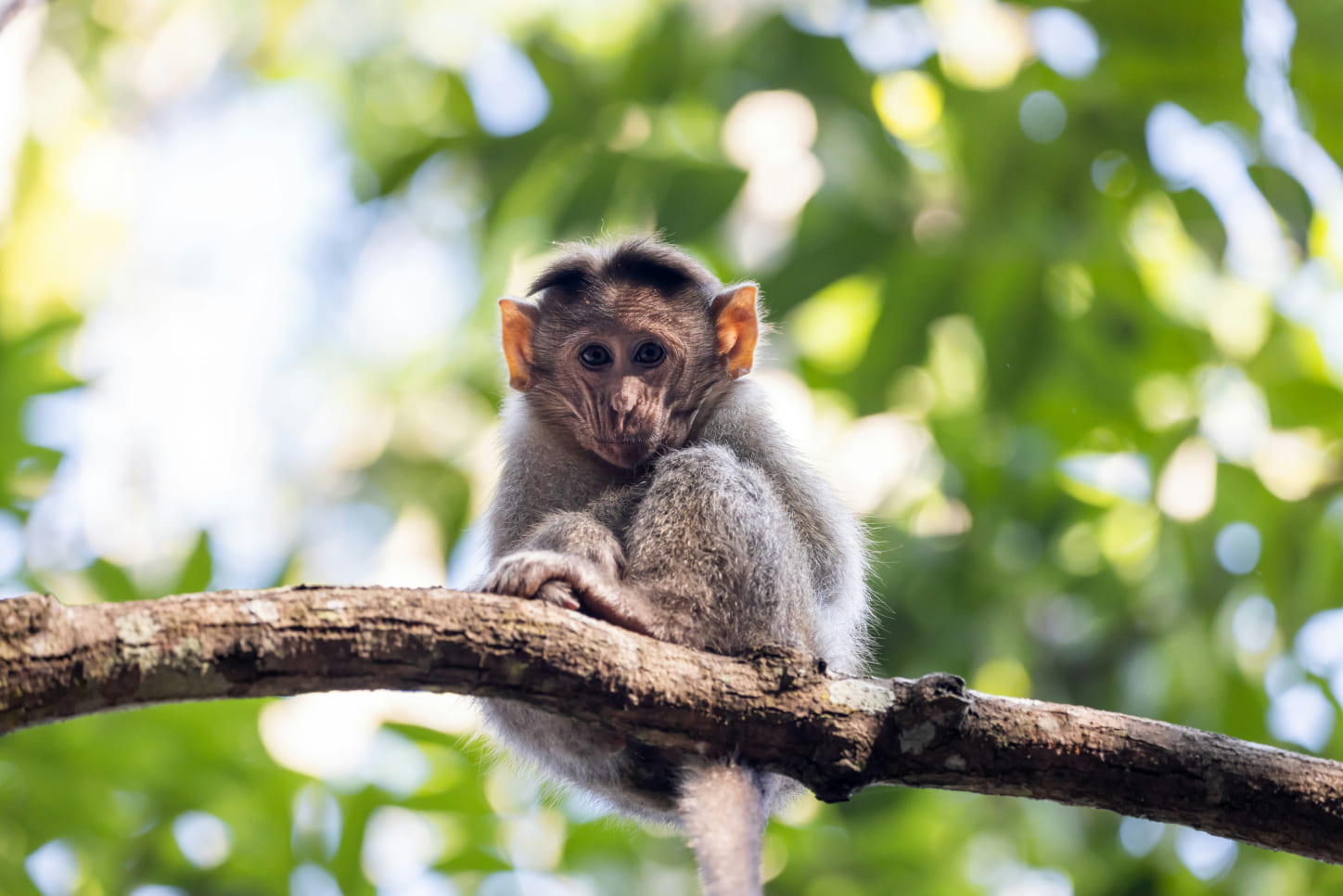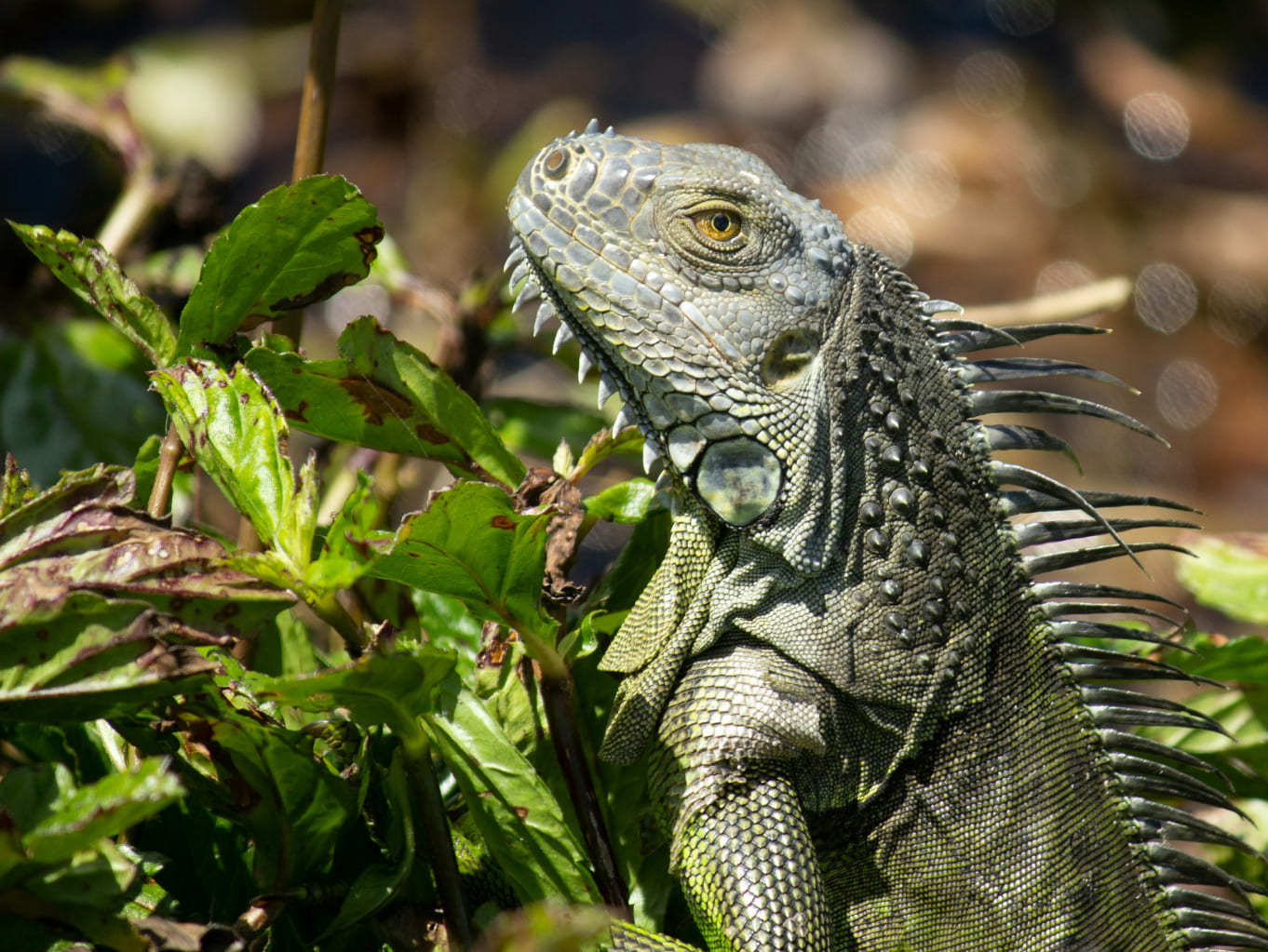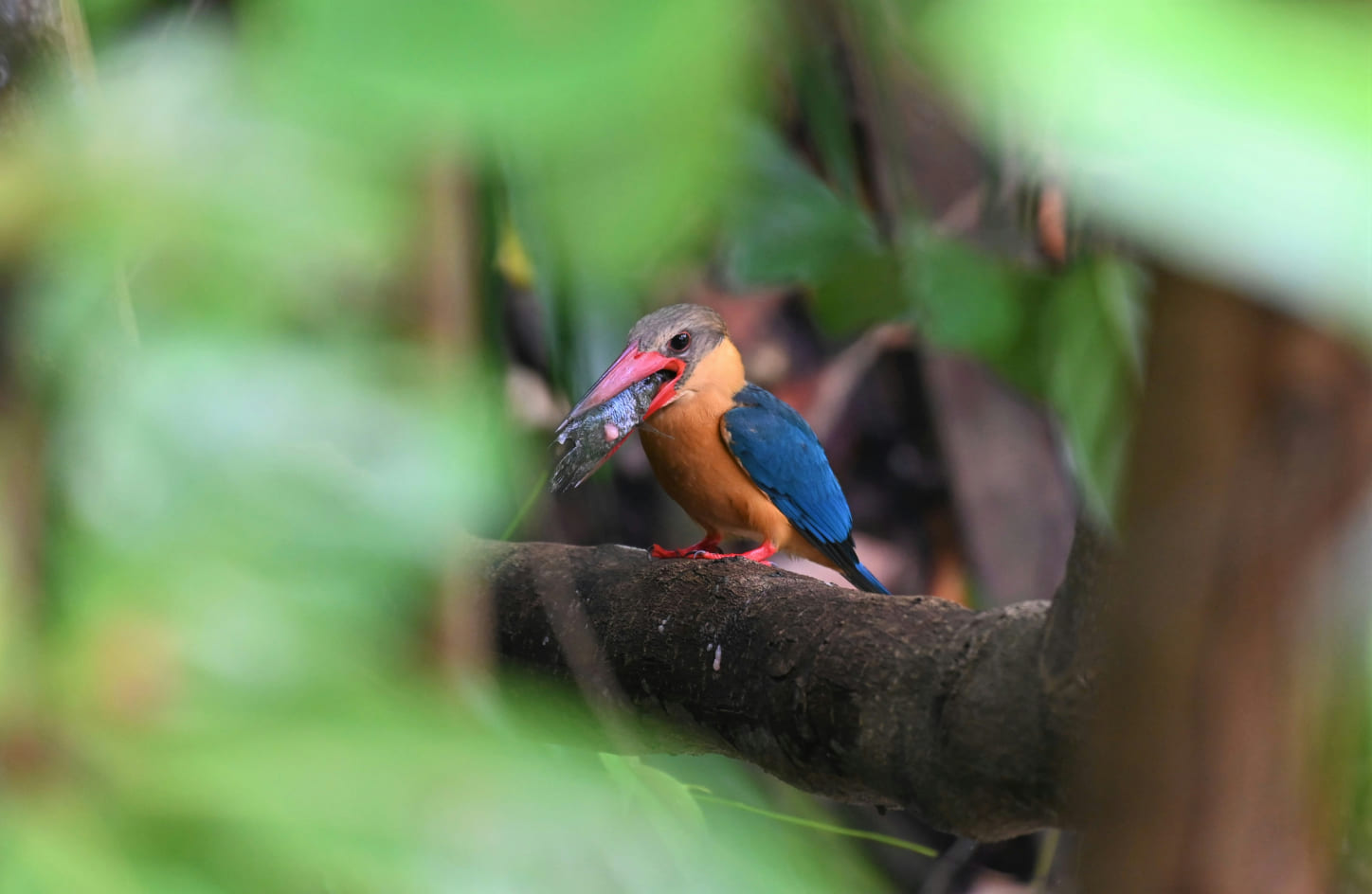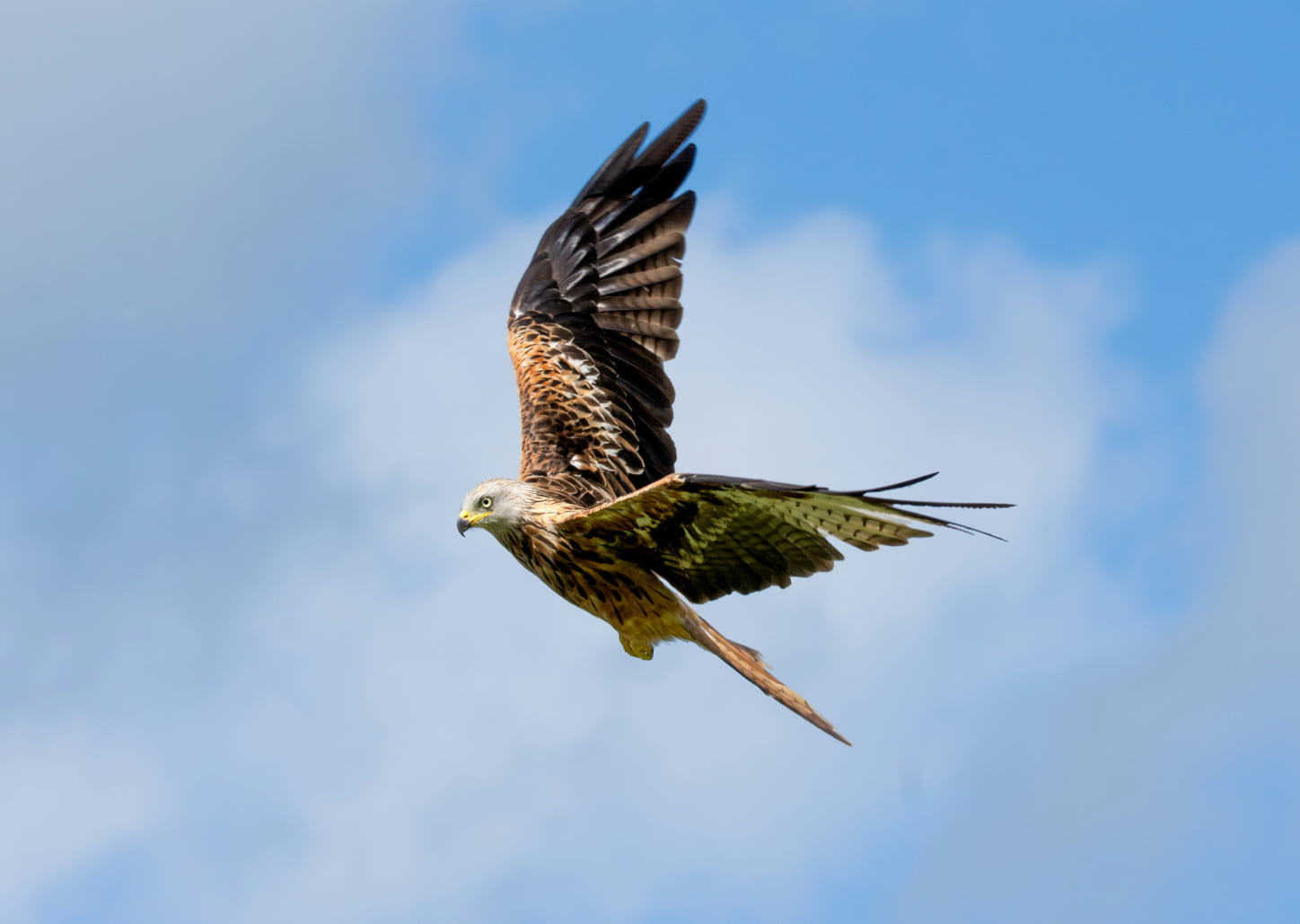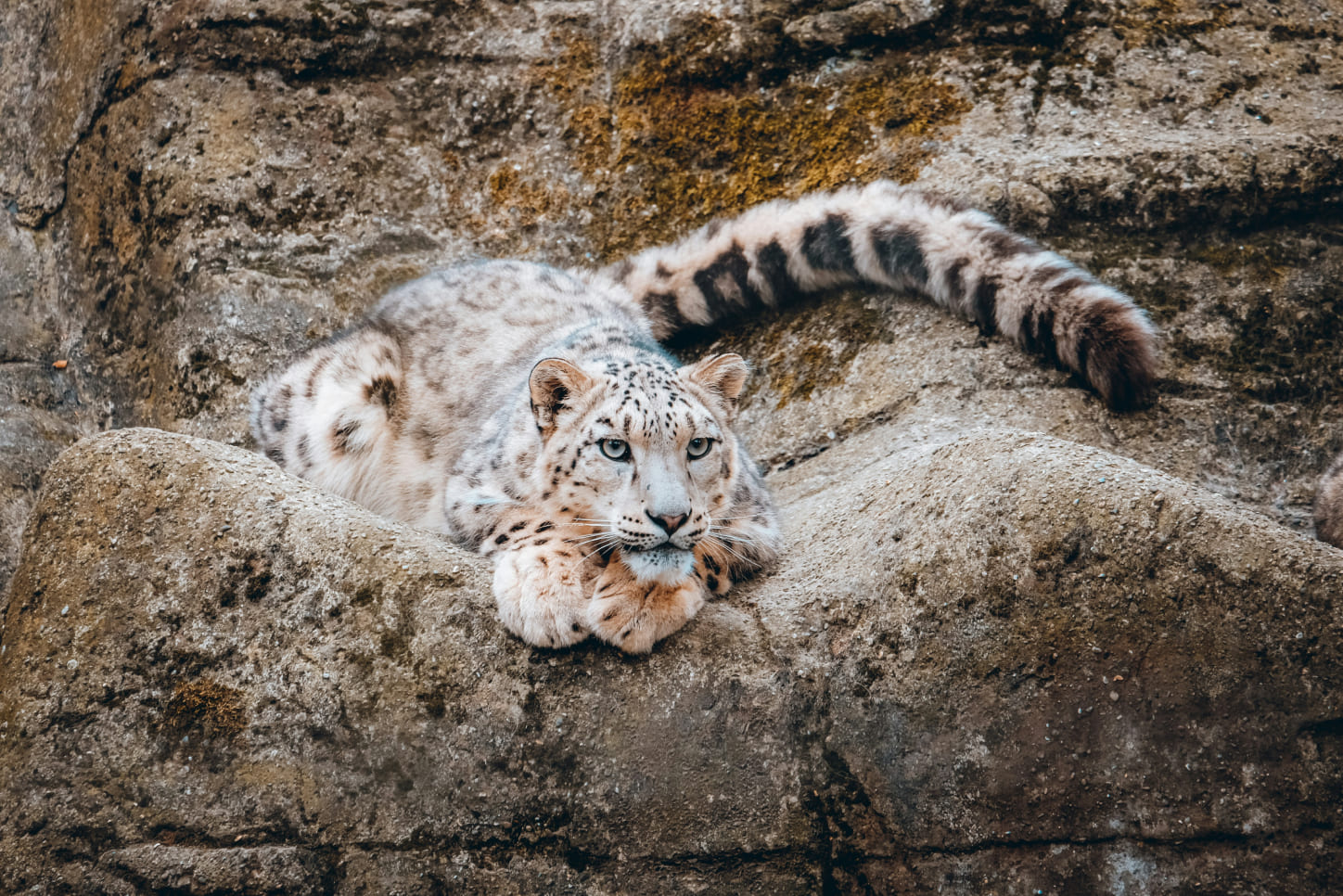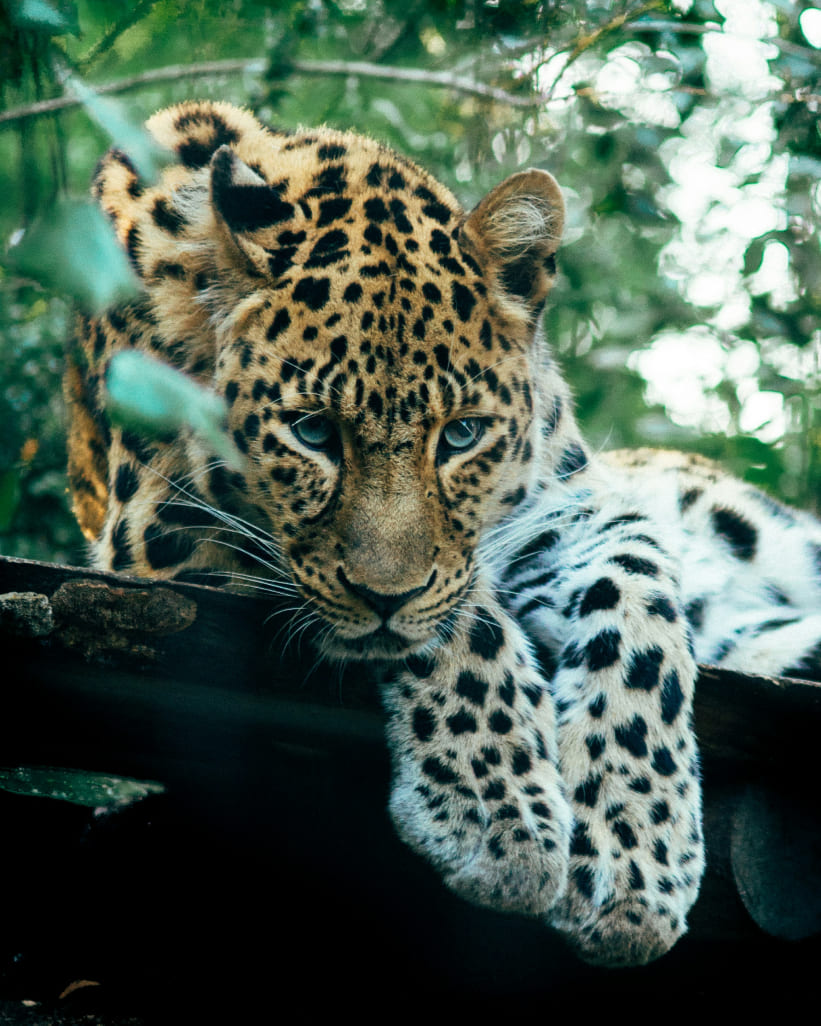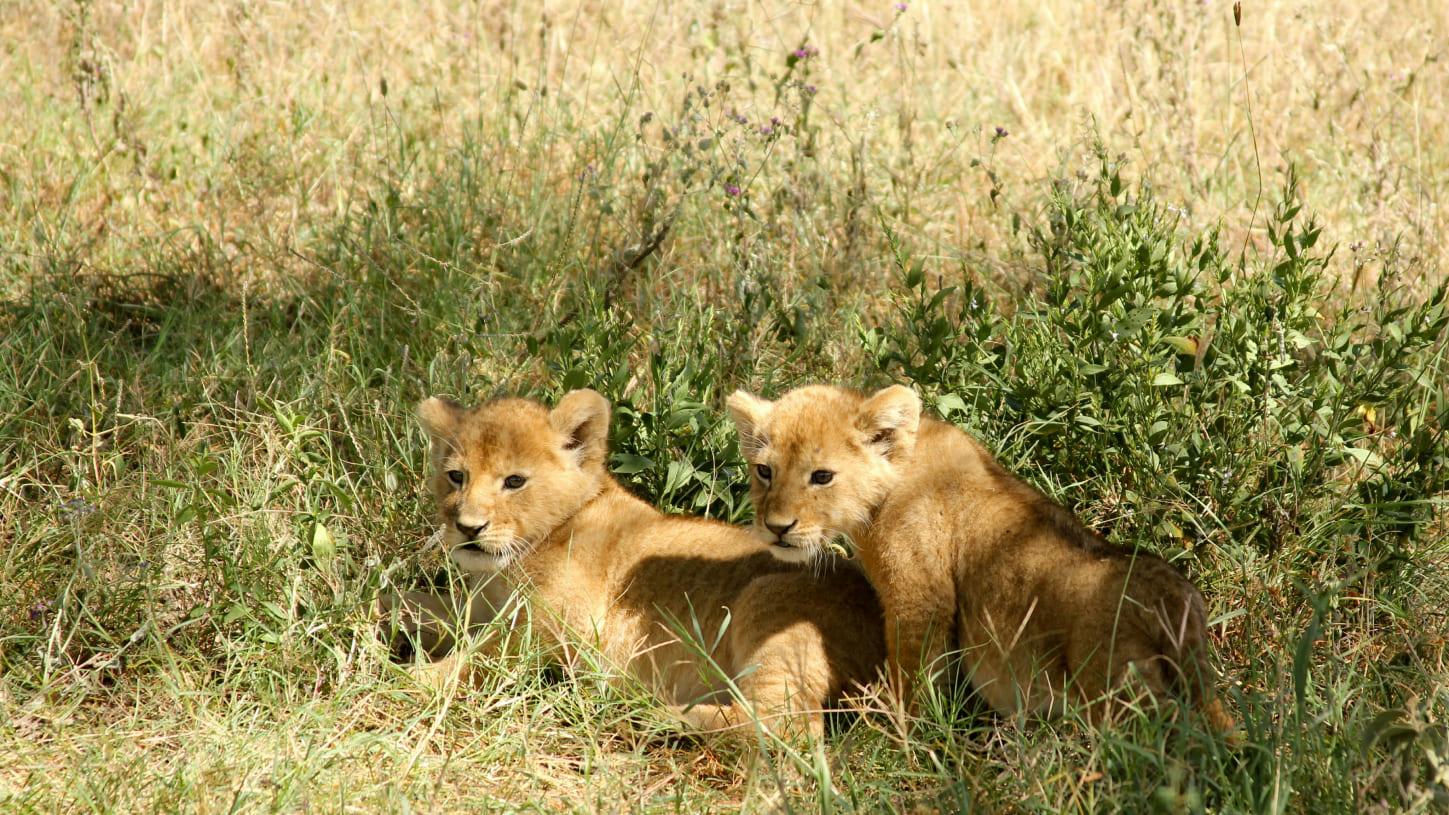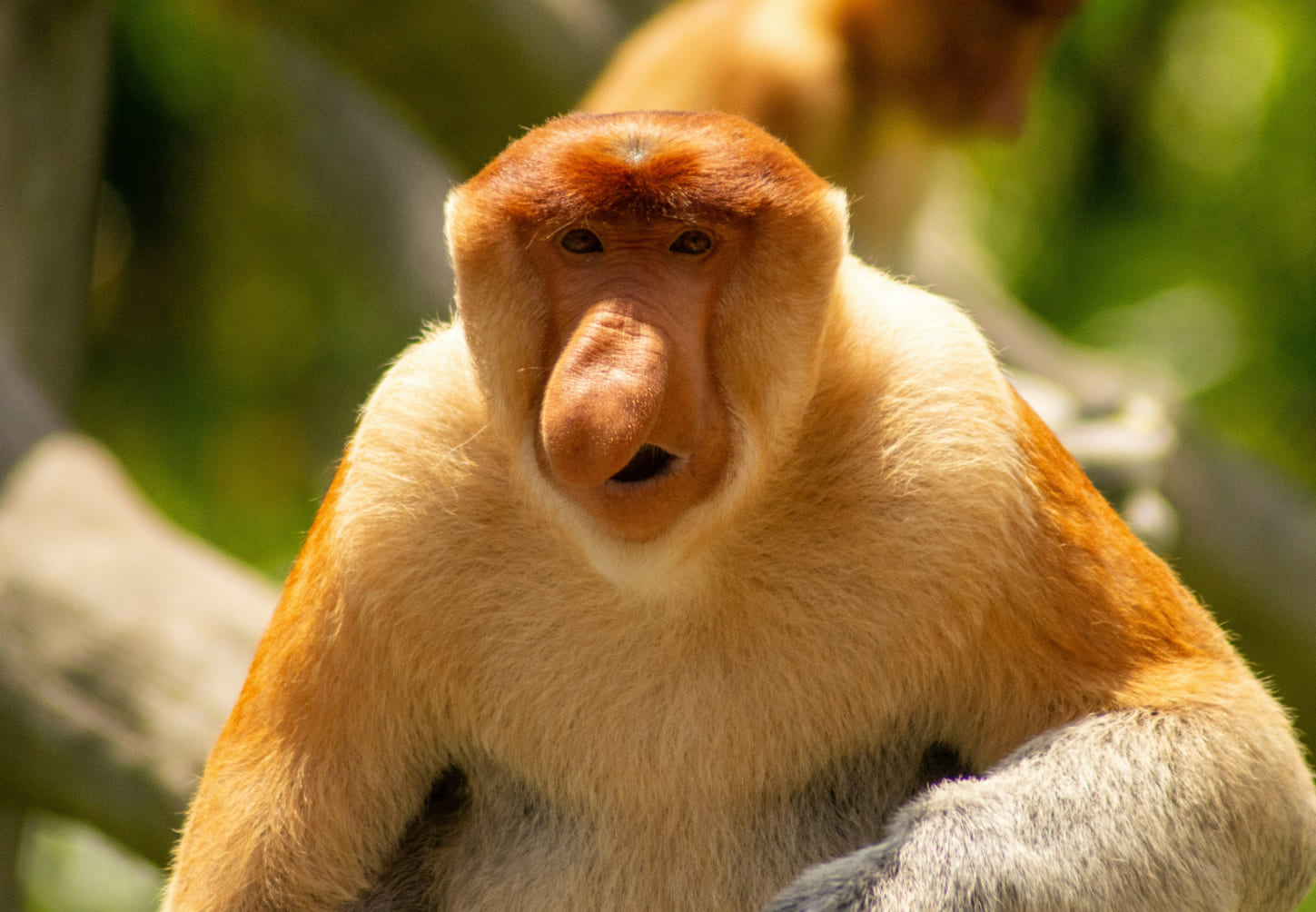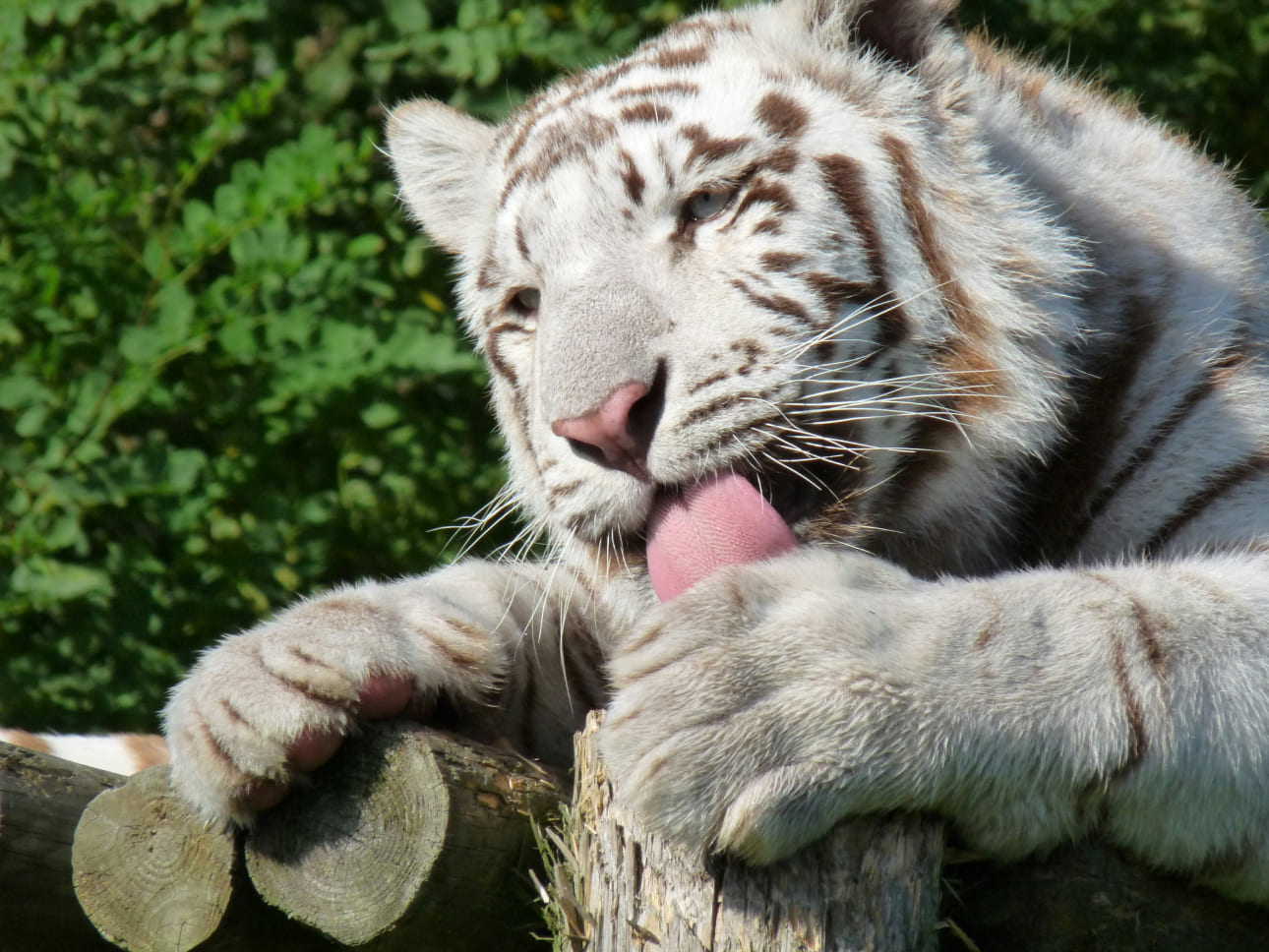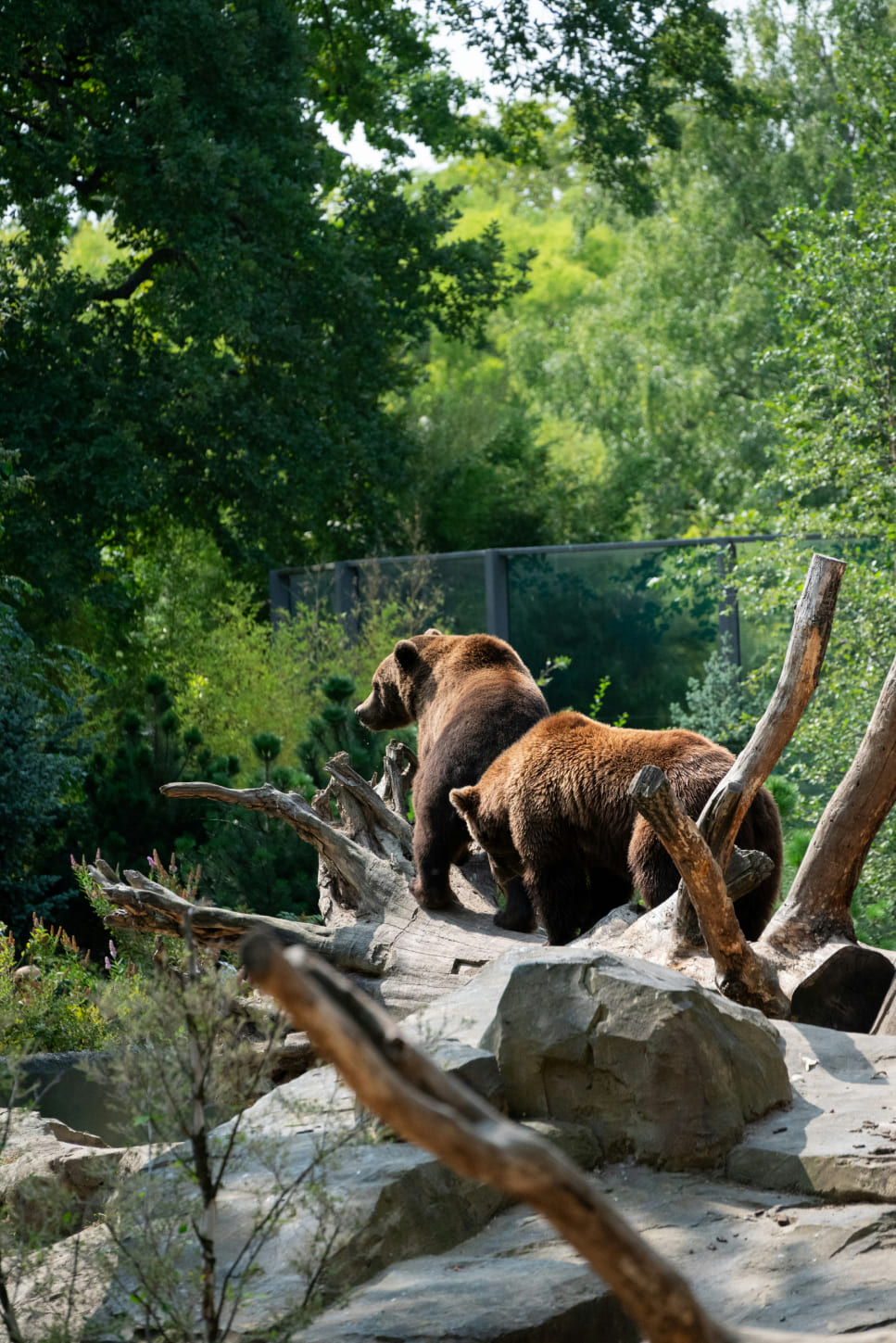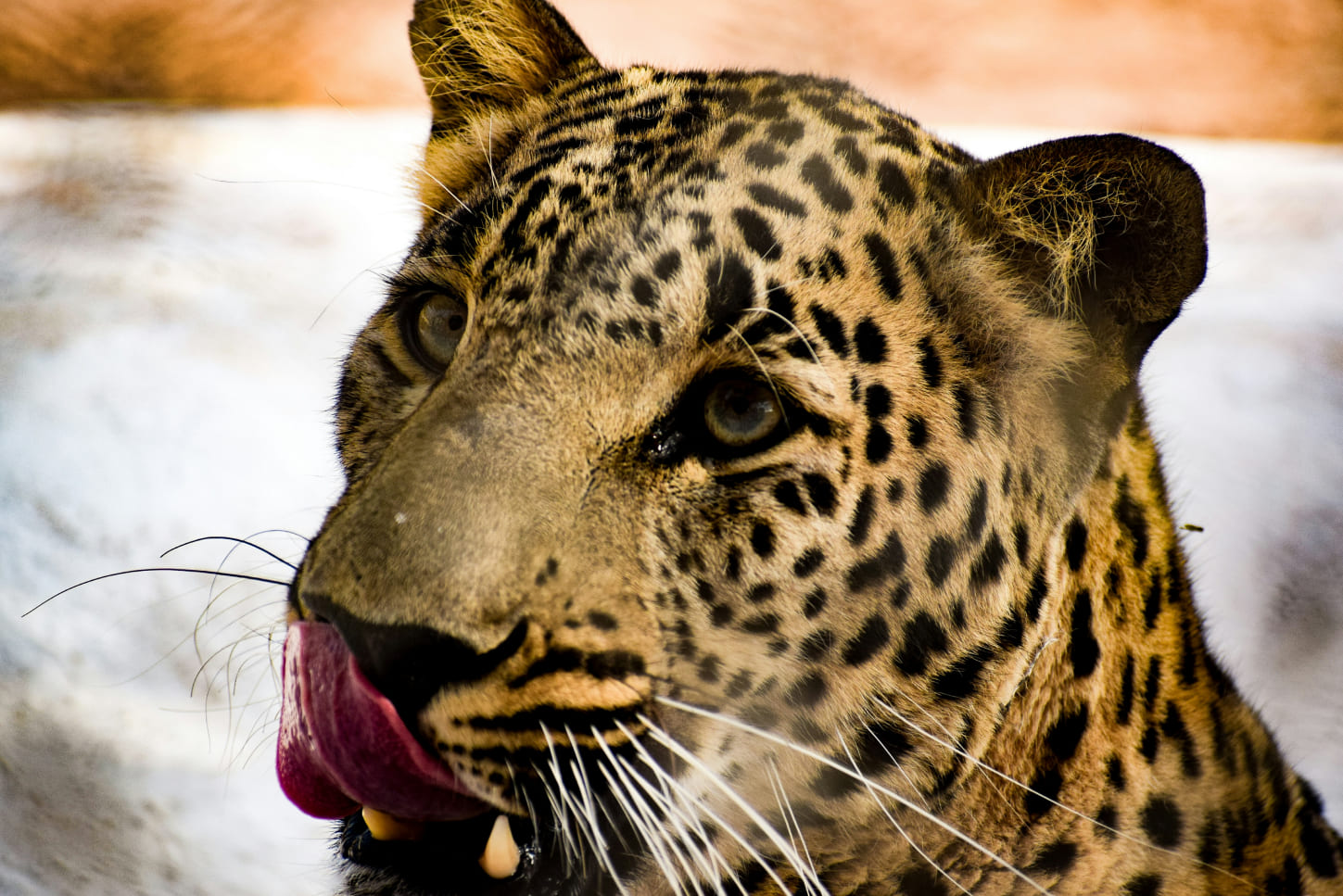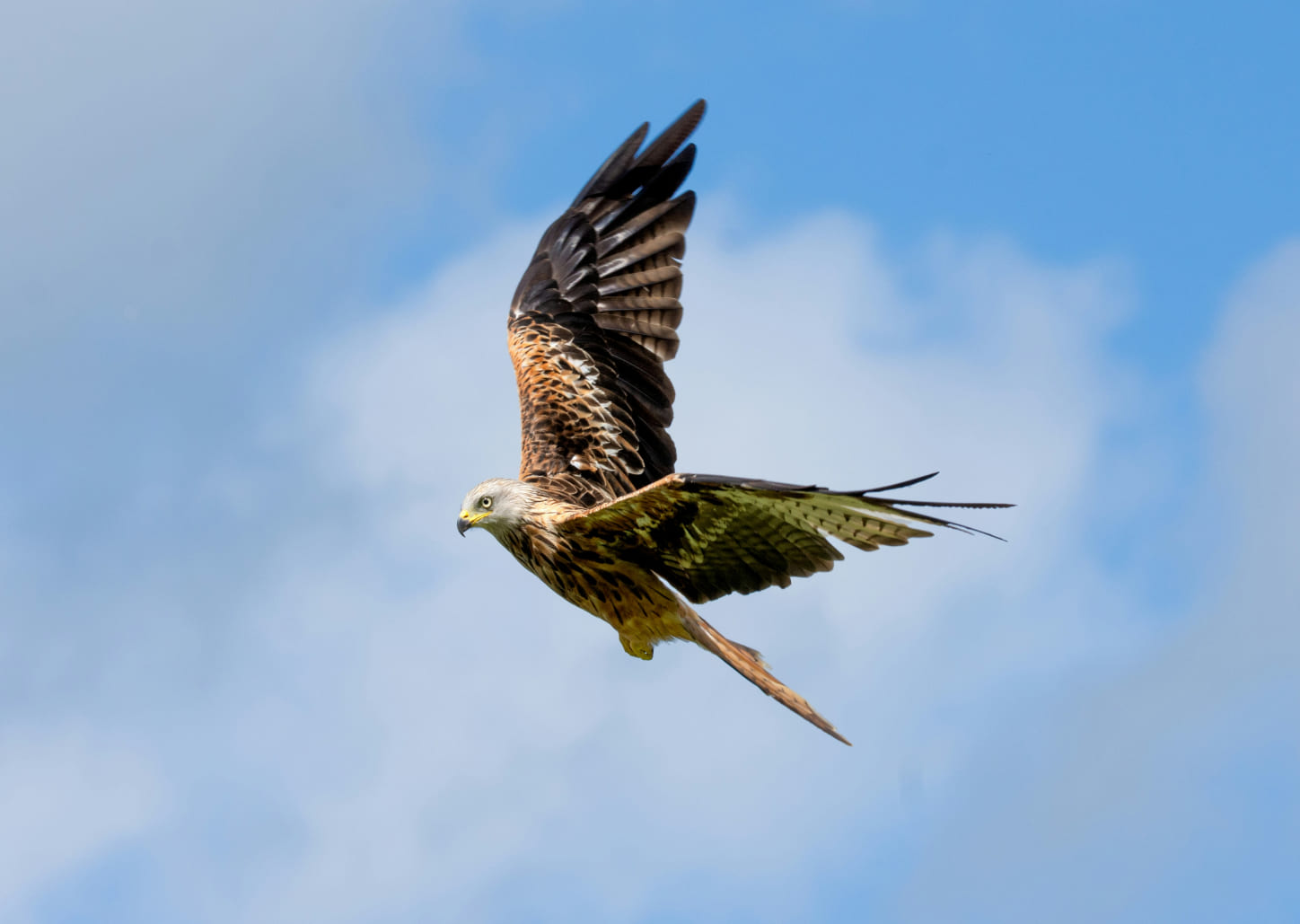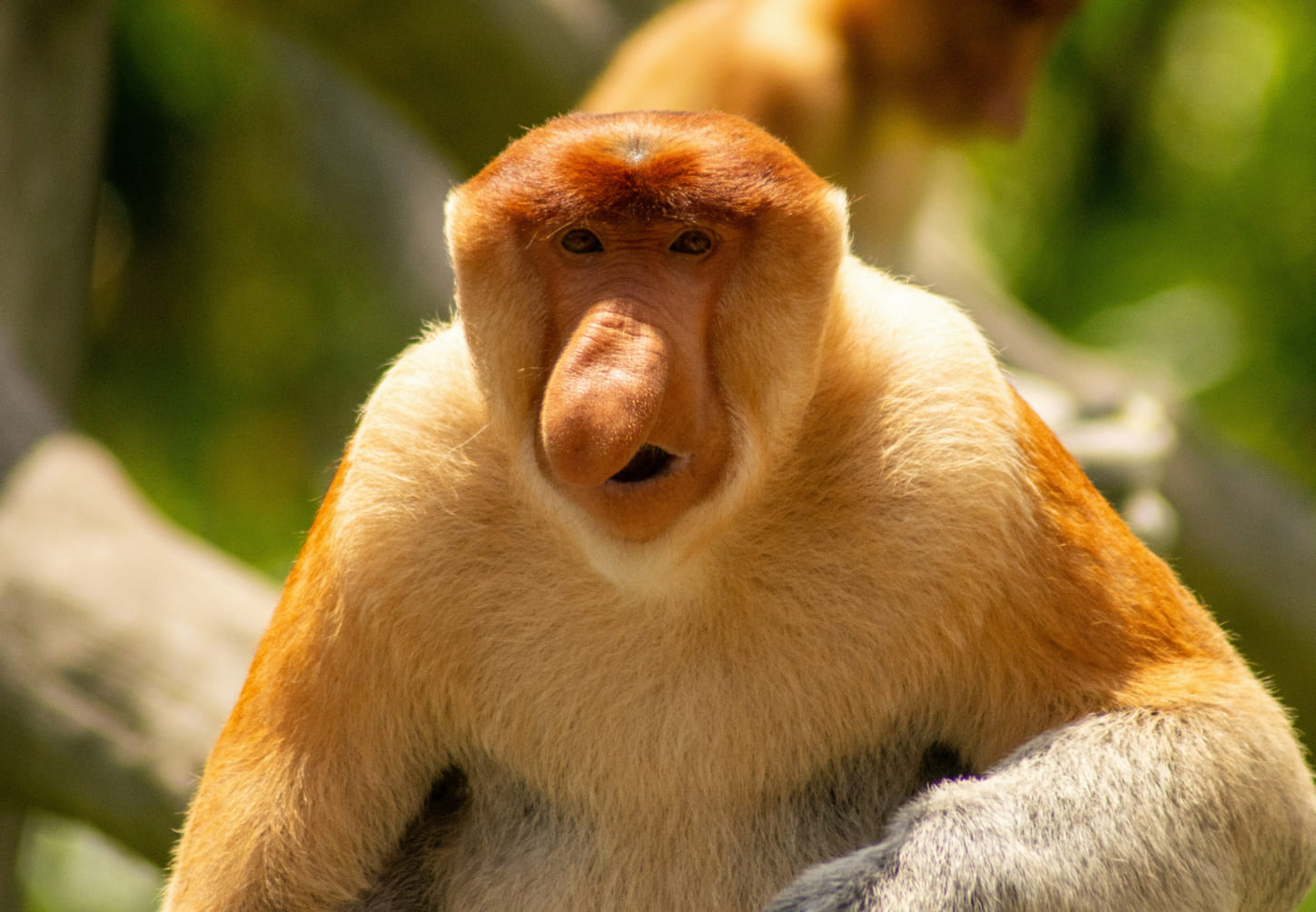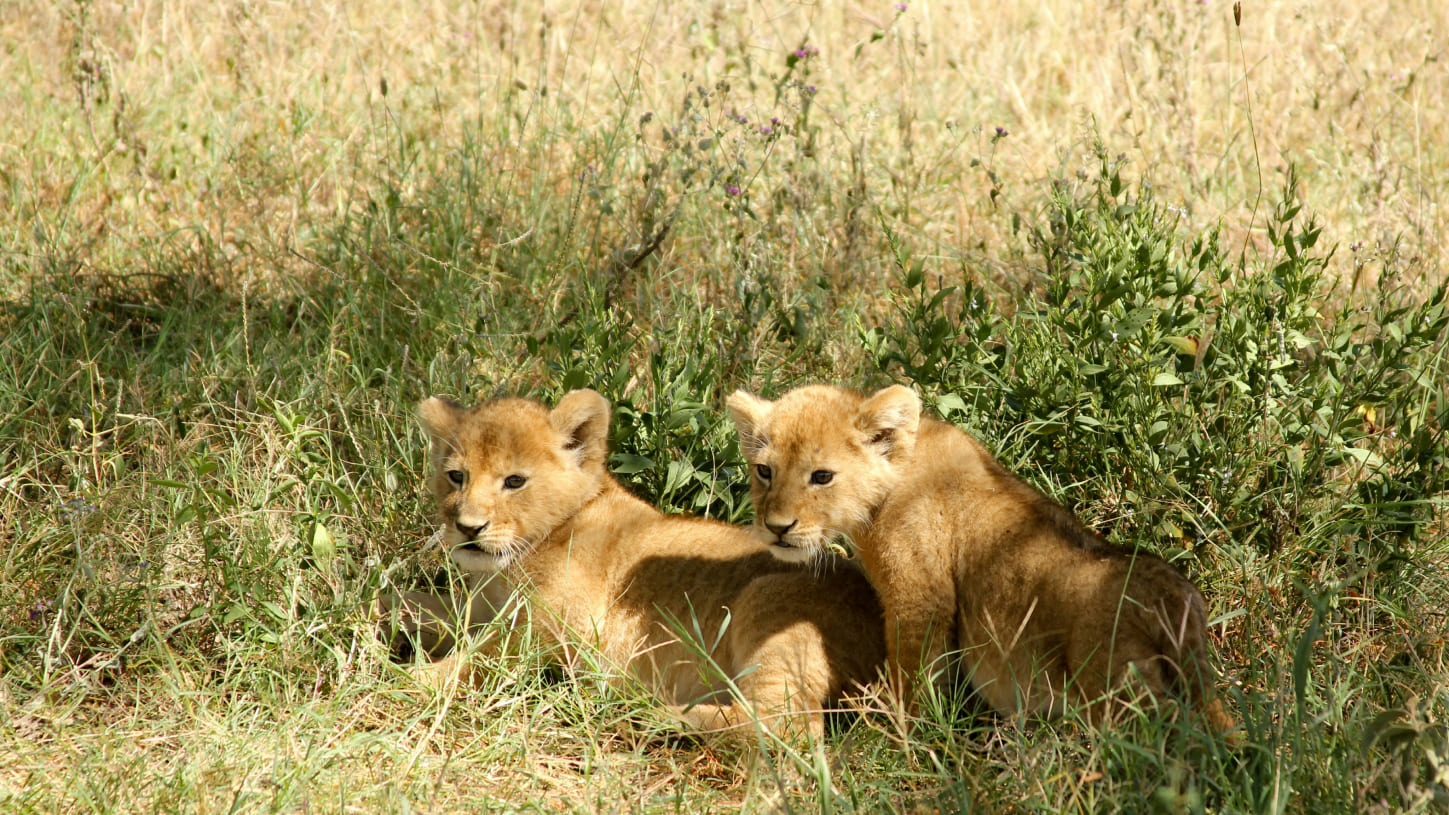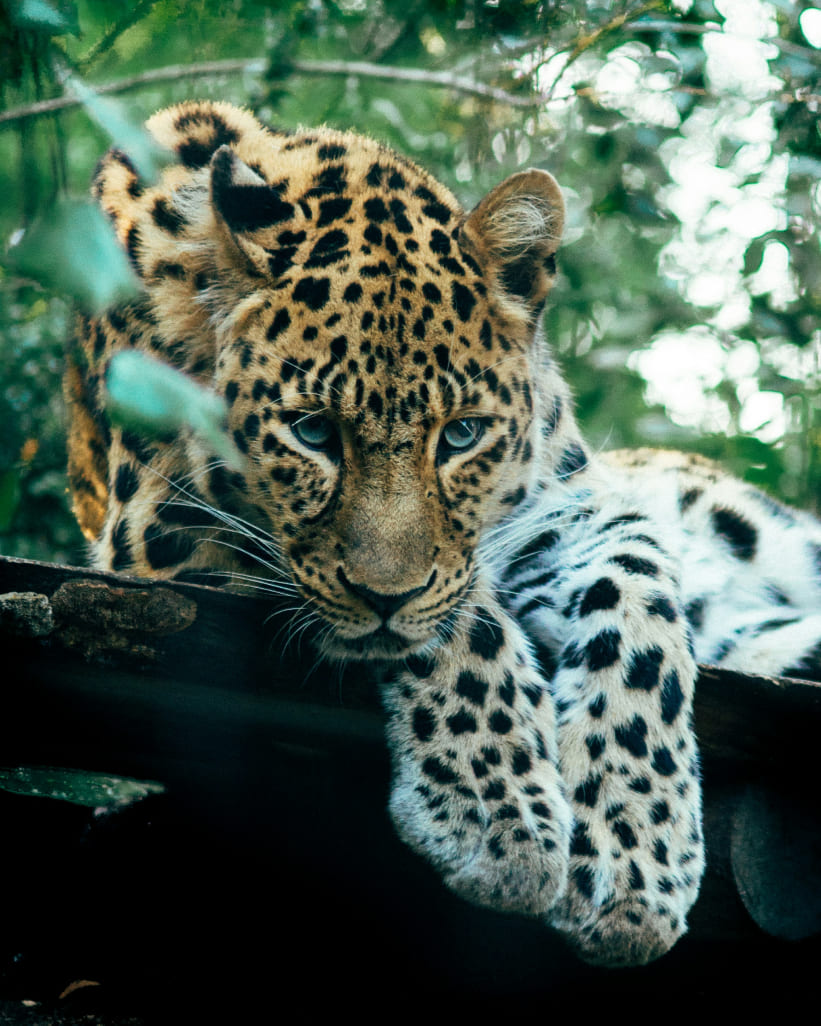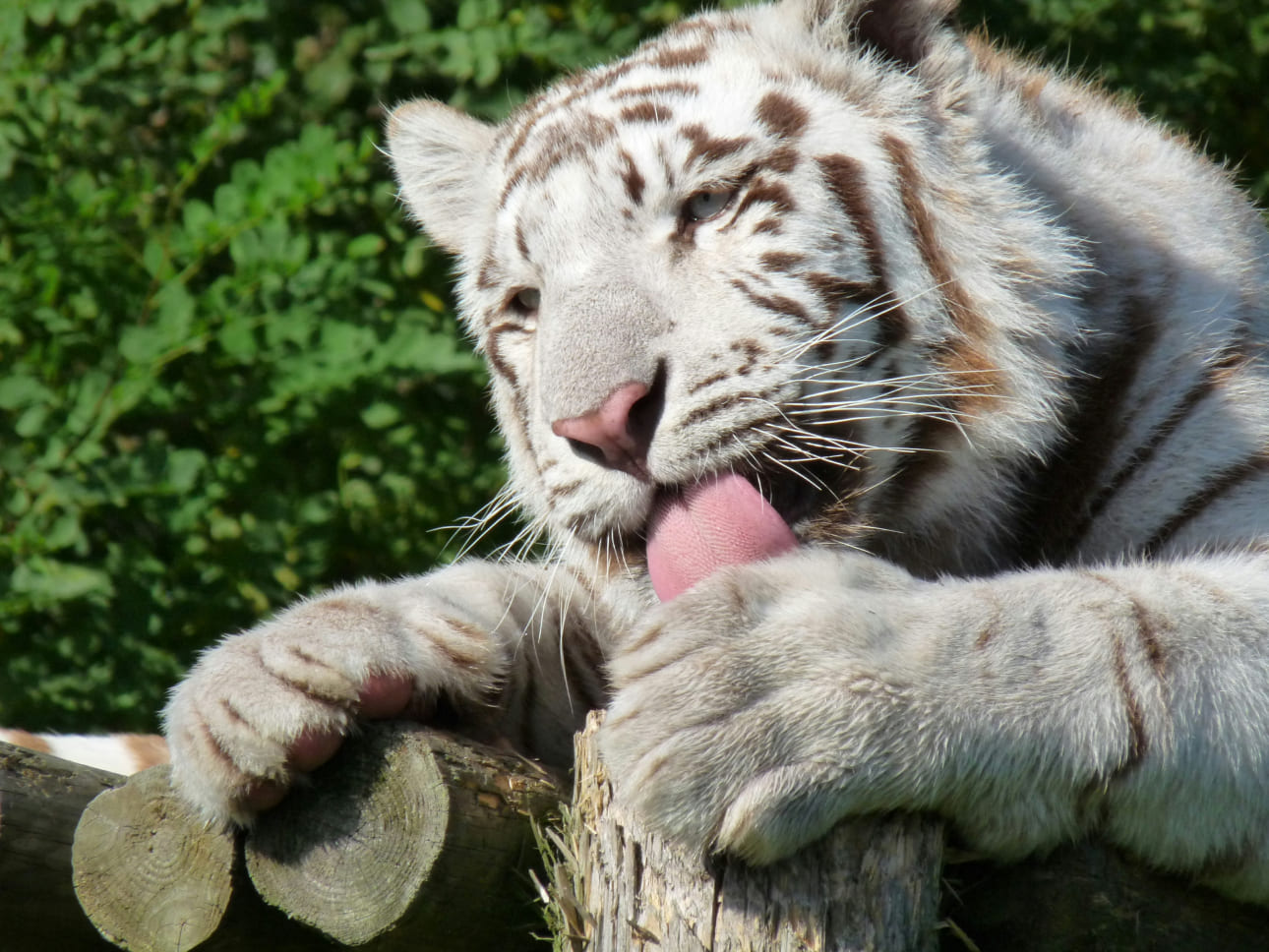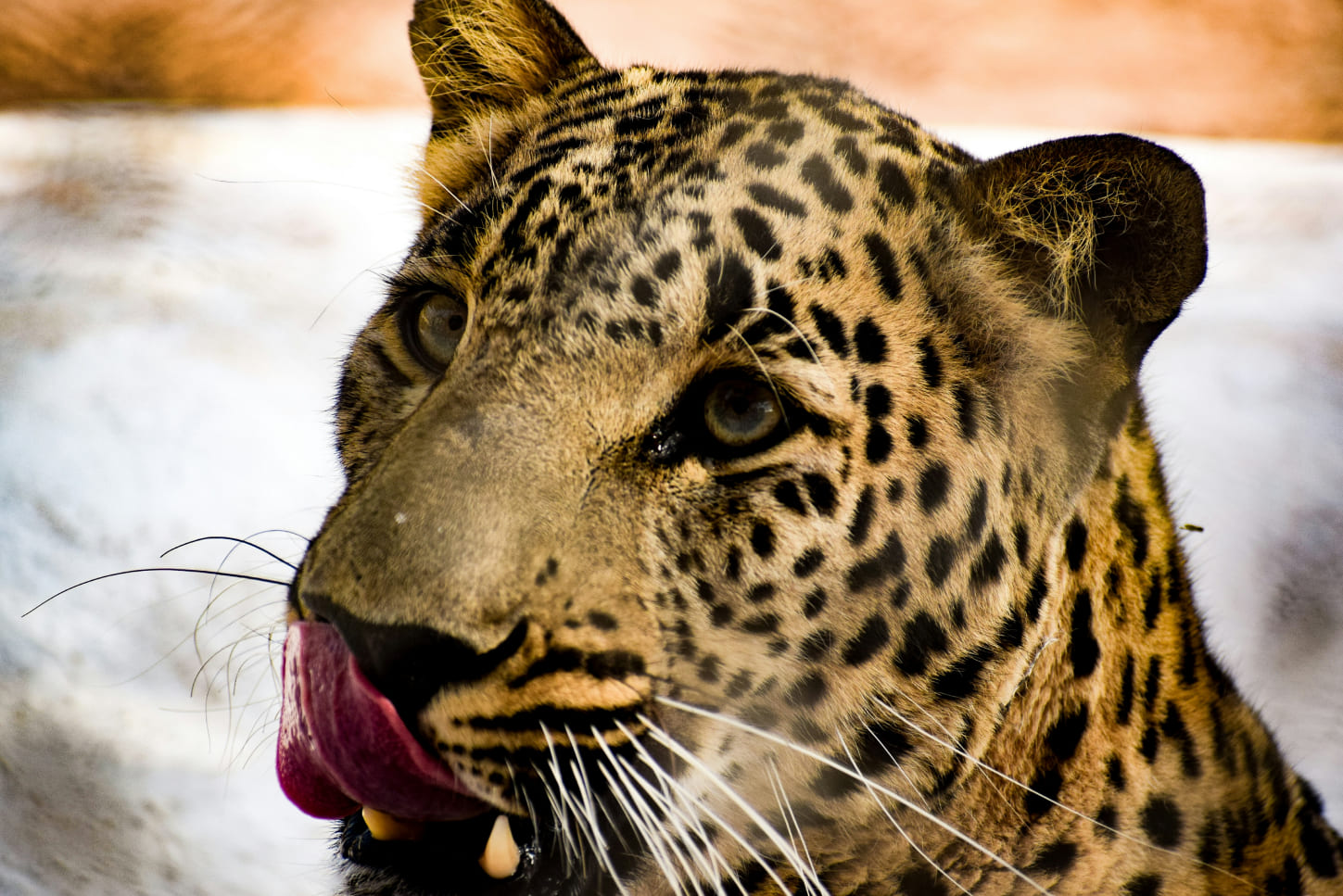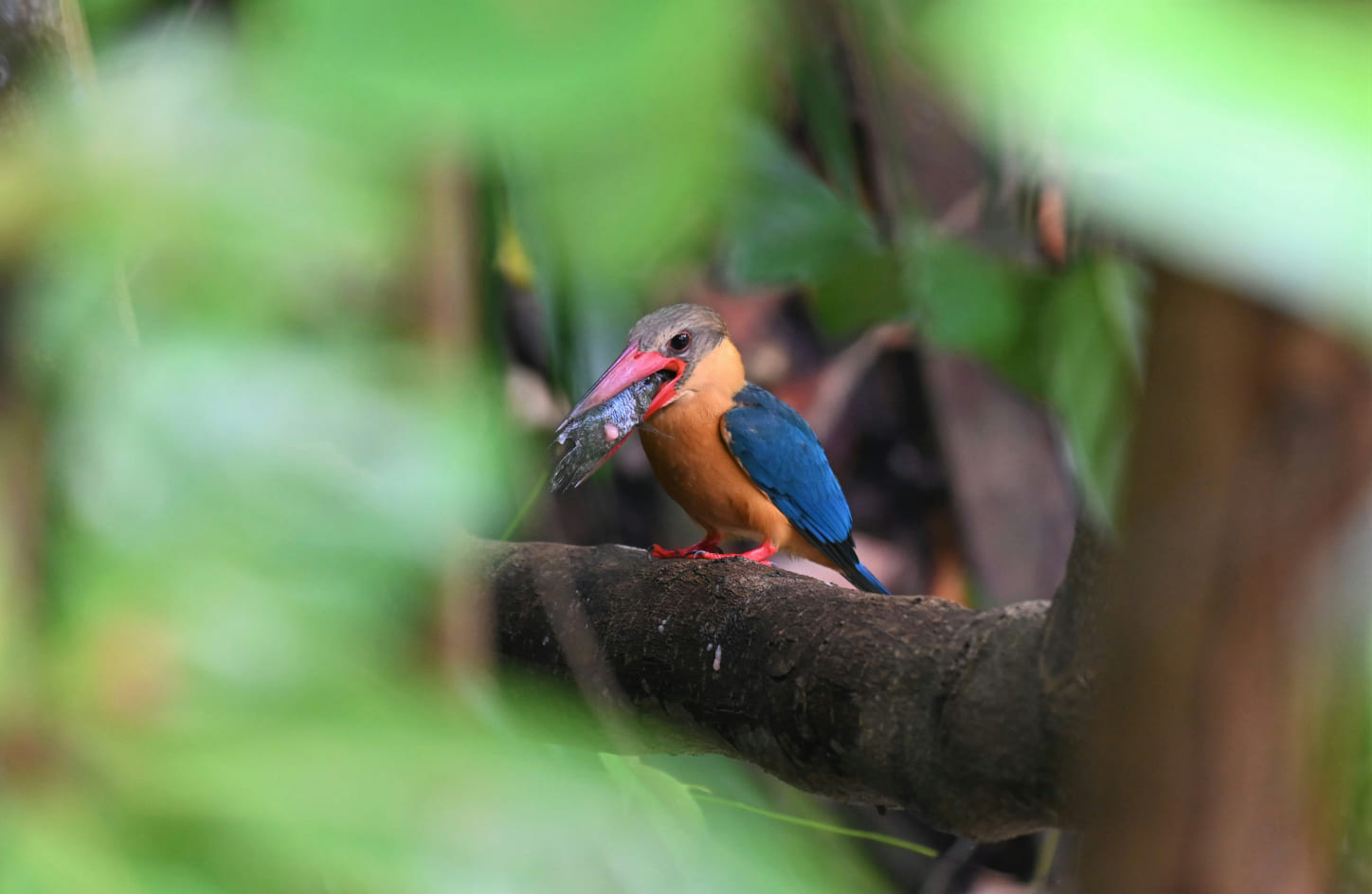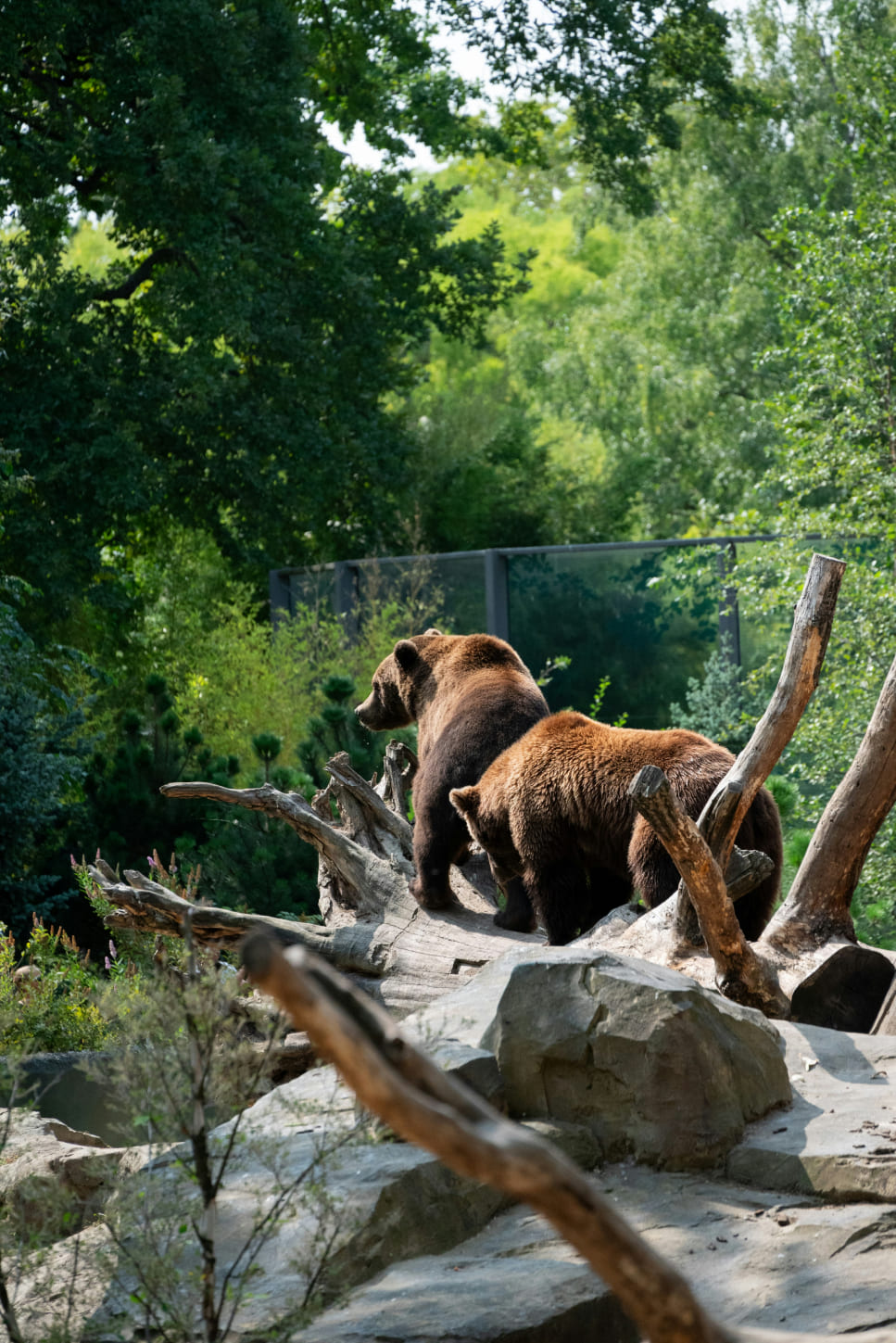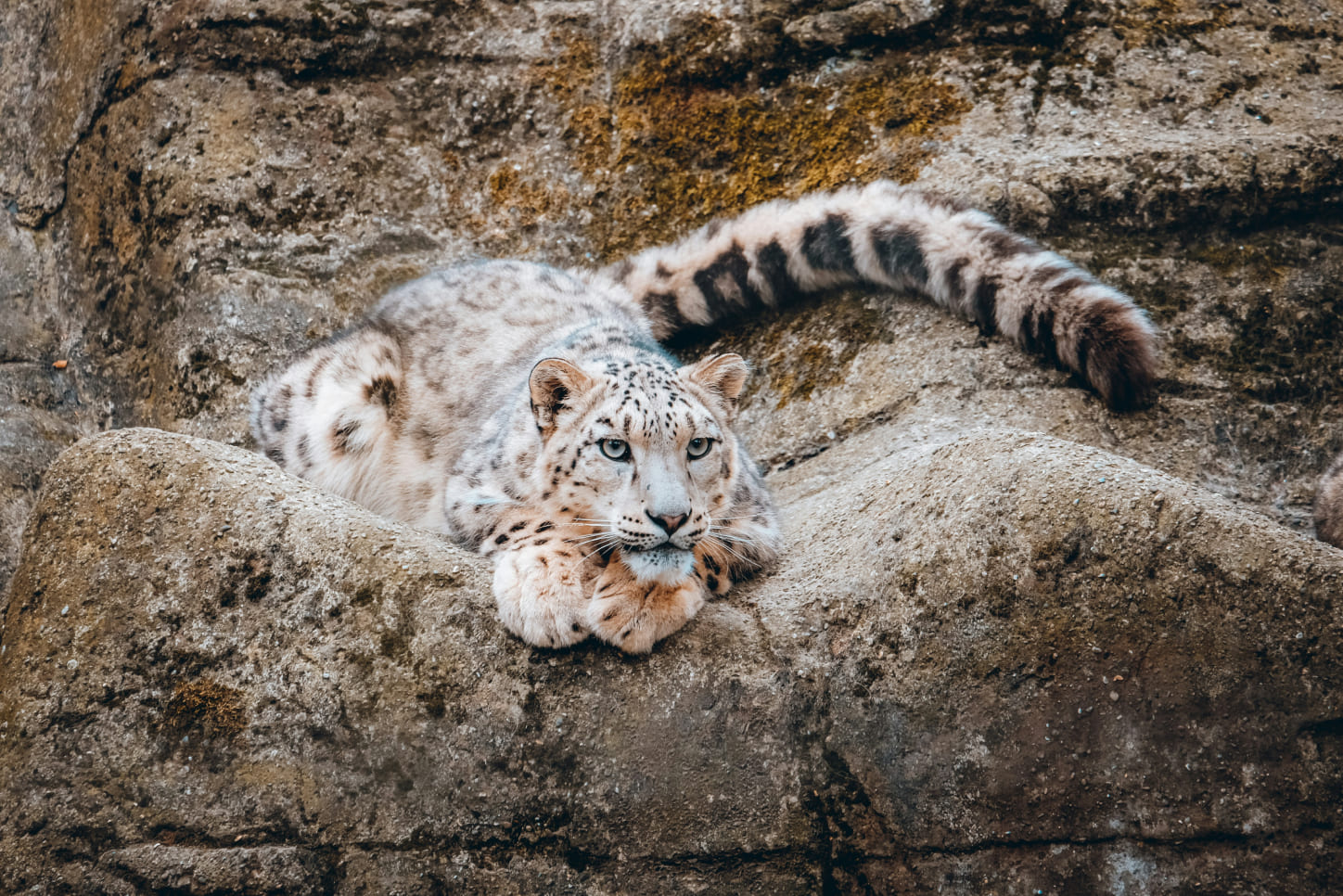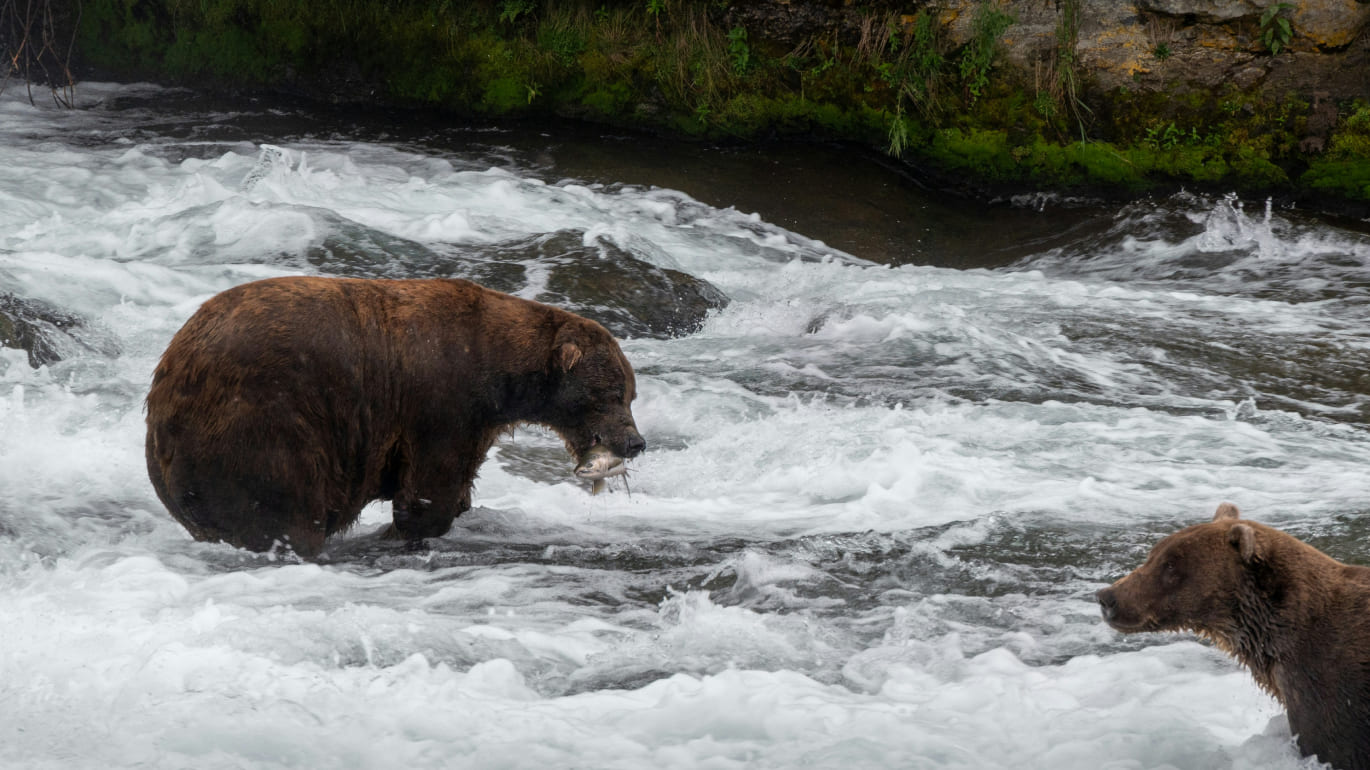
Guardians of the Wild
How Nature Takes Care of Animals?
Nature is an intricate web where every element works together to support life. In the wild, animals benefit from ecosystems that provide food, shelter, and protection.
For instance, trees not only offer shade and nesting spots but also produce fruits and seeds that feed countless species. Rivers and streams quench thirst and act as lifelines for both herbivores and carnivores.
Symbiosis is another way nature cares for animals. For example, oxpeckers perch on large mammals like zebras and rhinos, eating ticks and other parasites off their skin, keeping these animals healthy while getting a meal in return.
CONNECTING PEOPLE
What Our Customer Says
"I’ll never forget my first safari in Africa. Watching a herd of elephants move gracefully across the savanna was breathtaking. The guide shared so many fascinating facts, and seeing a lion basking in the sun was the highlight of my trip. It felt like stepping into a wildlife documentary!"

Jake Oliver
Photographer
"Exploring the Amazon rainforest was a dream come true. Hearing the calls of howler monkeys and spotting a sloth hanging lazily from a tree were surreal moments. The vibrant macaws flying overhead and the sheer diversity of life made me realize how precious this ecosystem is."

Emily Lauren
Photographer
"Our trip to the Arctic Circle was nothing short of magical. We saw polar bears wandering on the ice and seals basking on the shore. The silence of the snowy wilderness and the sight of these majestic animals in their natural habitat were humbling. It’s an experience I’ll cherish forever."

James Reece
Photographer
"The jungles of Borneo offered an unforgettable experience. Watching orangutans swing from trees and encountering a family of pygmy elephants by the river were incredible moments. The dense, green forest was alive with sounds—it was like nature’s symphony. Truly a life-changing trip!"

Sophie Tracy
Photographer
The Wild World Awaits
Discover Nature’s Wonders
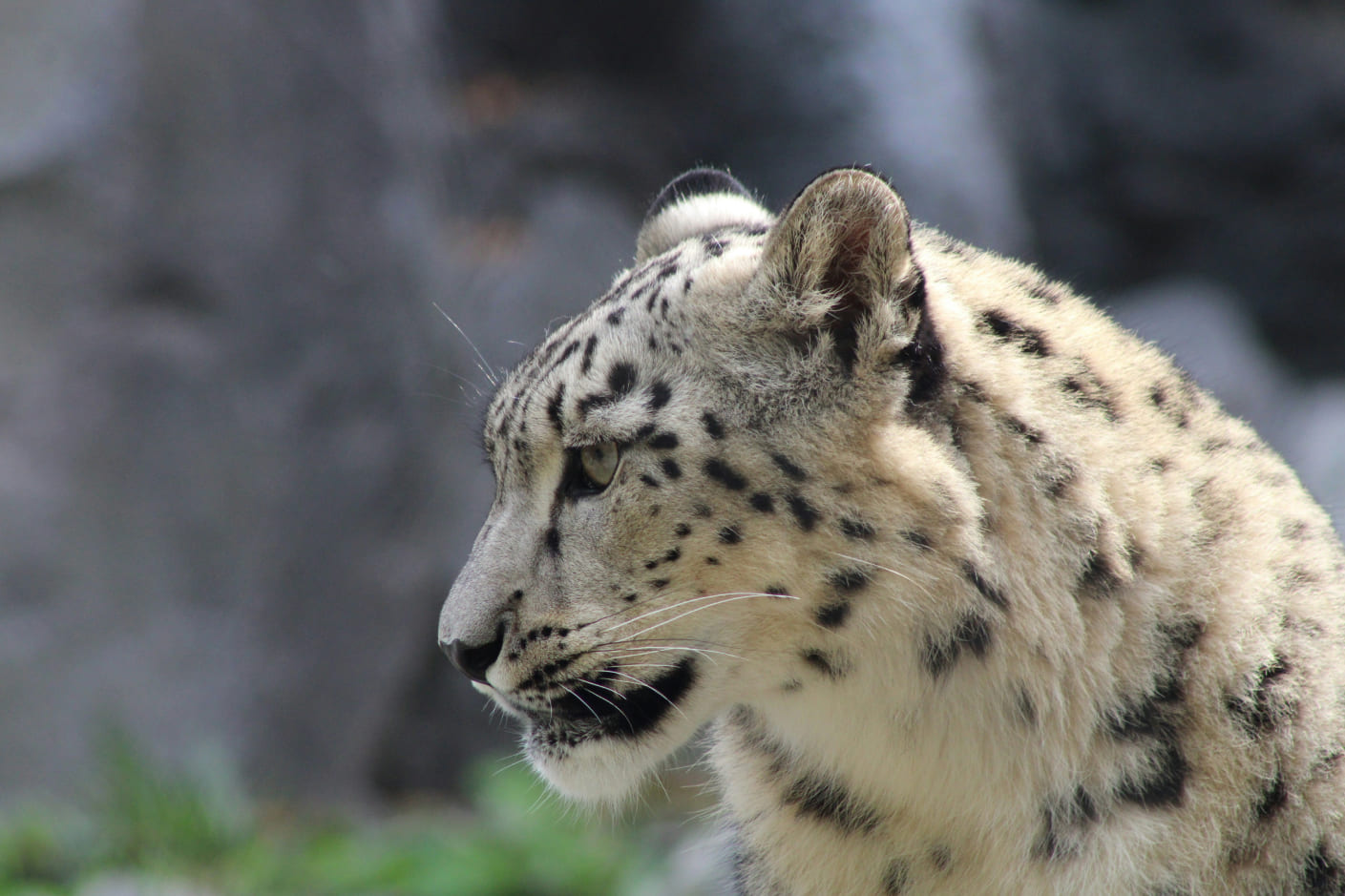
Snow Leopard: The Ghost of the Mountains
High in the rugged mountains of Central Asia, where temperatures drop well below freezing, the snow leopard prowls silently. Known as the "ghost of the mountains," this elusive predator is rarely seen by humans. Its thick, smoky-gray fur with dark rosettes provides perfect camouflage against the rocky terrain, allowing it to stalk its prey undetected.
Learn More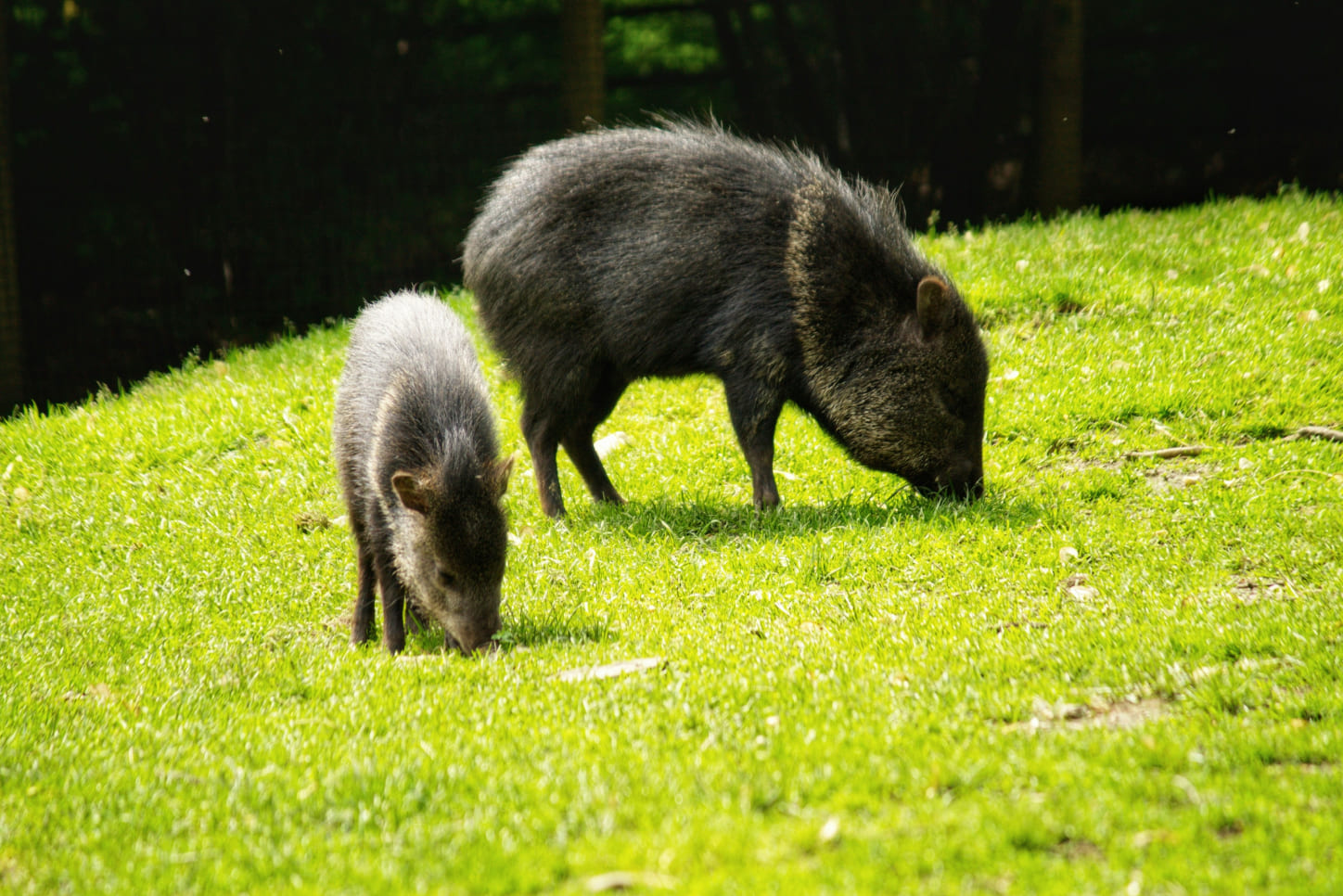
Chacoan Peccary: A Survivor of the Lost World
The Chacoan peccary, a fascinating and rare species, was once thought to be extinct until its rediscovery in the 1970s. Found in the dry and unforgiving Gran Chaco region of South America, this animal is a true survivor. Its habitat is a thorny, arid forest where temperatures soar during the day and drop drastically at night.
Learn More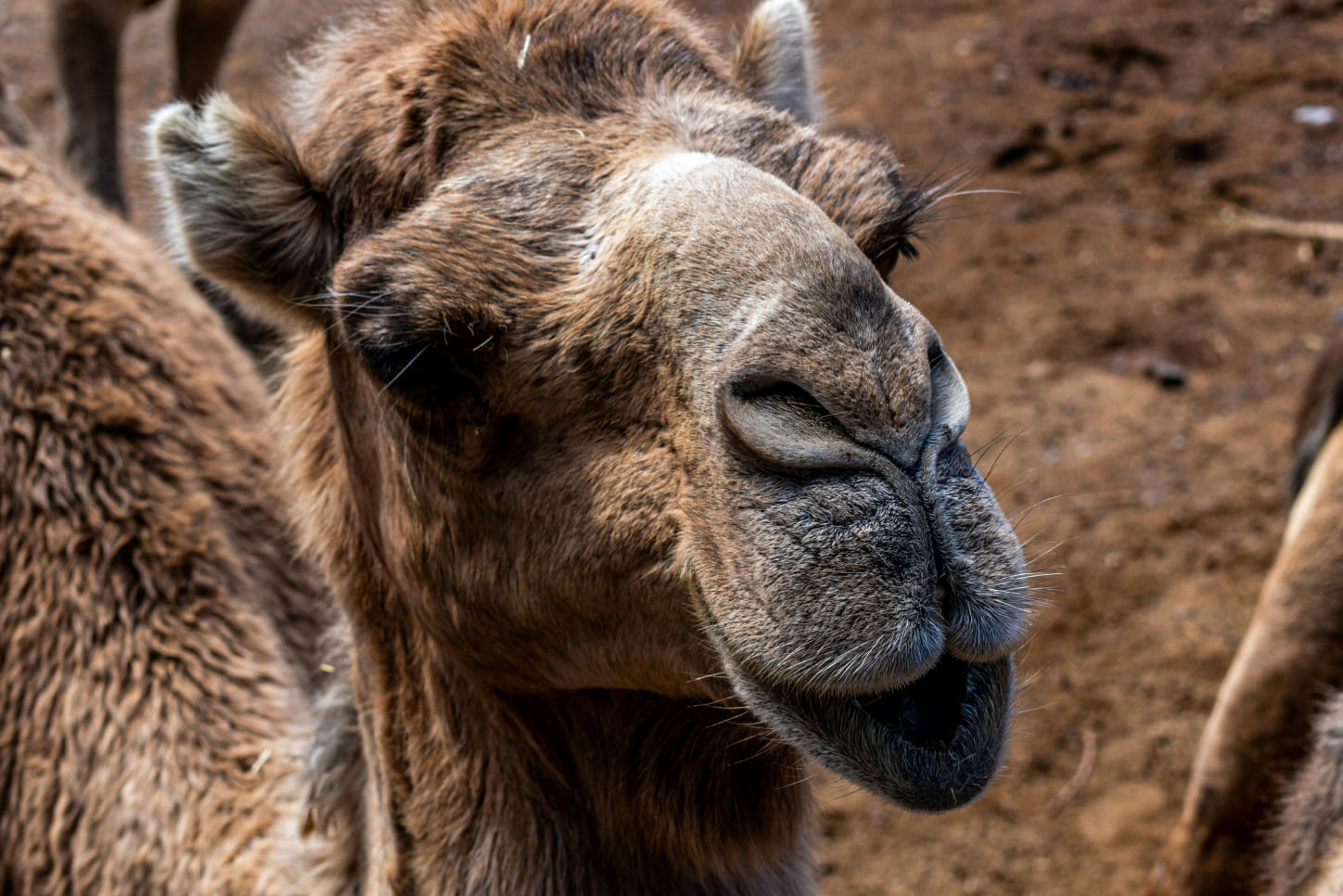
Bactrian Camel: The King of the Desert
In the cold deserts of Central Asia, the two-humped Bactrian camel stands as a symbol of endurance and survival. Unlike its single-humped cousin, the dromedary, the Bactrian camel is perfectly suited for extreme climates, enduring temperatures from -40°C in winter to 40°C in summer.
Learn More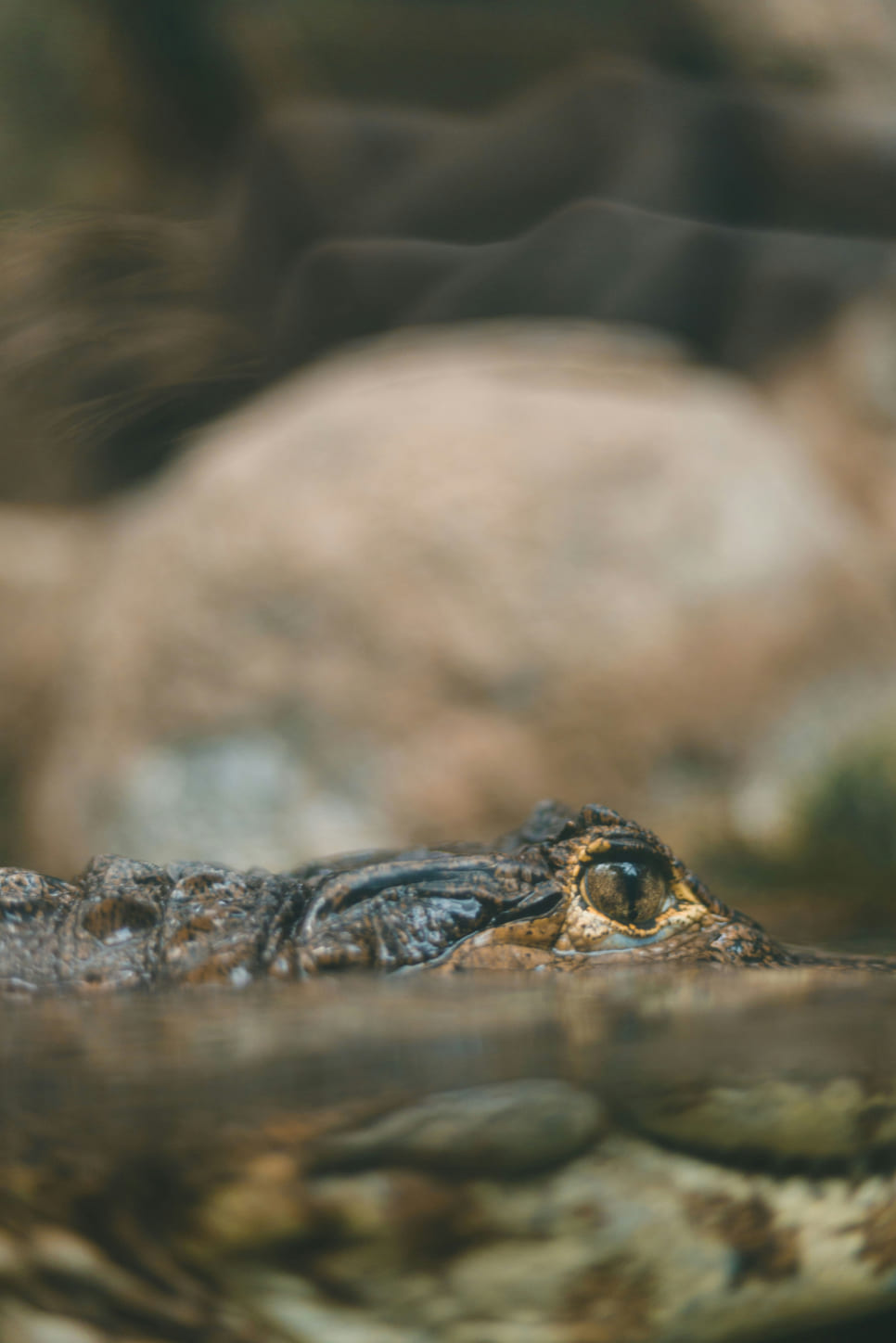
Crocodile: The Ancient Predator
Crocodiles are living relics from the age of dinosaurs, having roamed Earth for over 200 million years. Found in tropical regions across Africa, Asia, Australia, and the Americas, these reptiles are masters of patience and precision. They spend hours submerged in water, with only their eyes and nostrils visible, waiting for the perfect moment to strike.
Learn More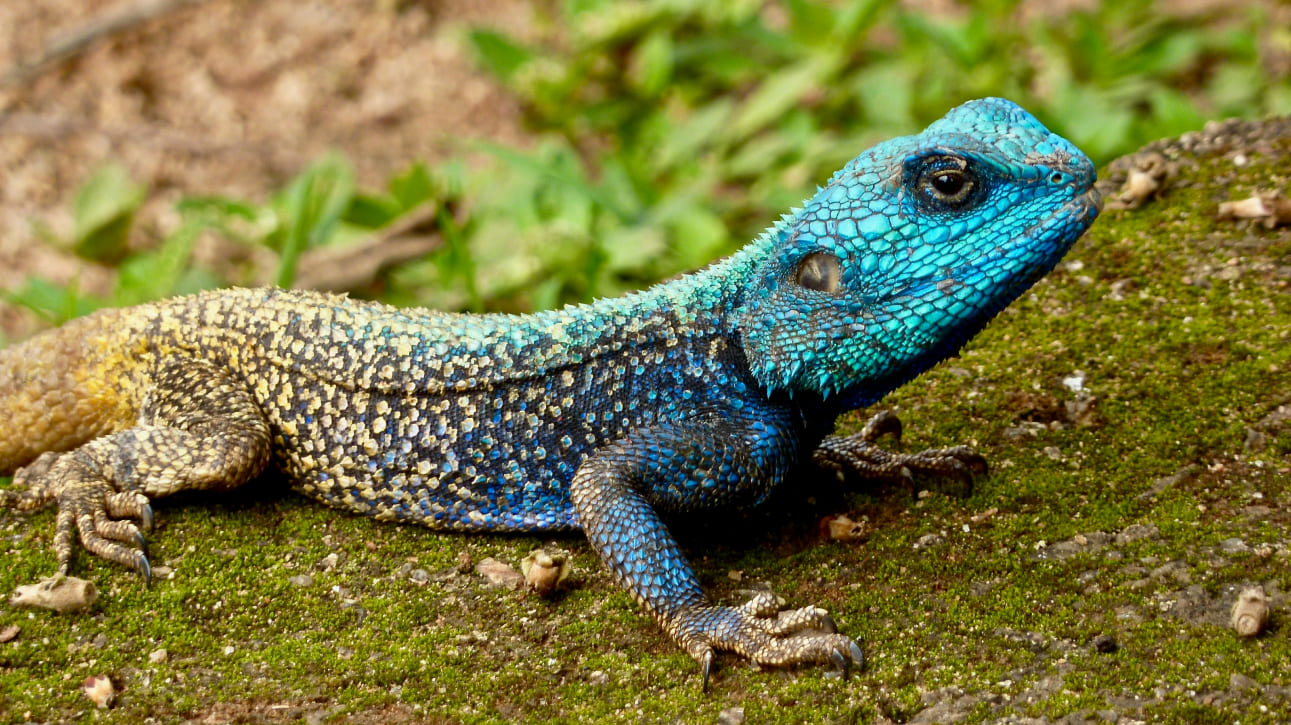
Green Tree Agama: A Colorful Climber
High in the treetops of African forests, the green tree agama thrives. This small, agile lizard is known for its vivid green coloration, which helps it blend into its leafy surroundings. Males are particularly striking, with bright blue heads and orange markings during the breeding season.
Learn More
Grizzly Bear: The Forest Guardian
Grizzly bears, iconic symbols of the North American wilderness, are among the most powerful land predators. Found in forests, tundras, and mountain ranges, these bears can weigh up to 800 pounds and stand over 7 feet tall on their hind legs. Despite their size, grizzlies are surprisingly fast, reaching speeds of 35 miles per hour.
Learn More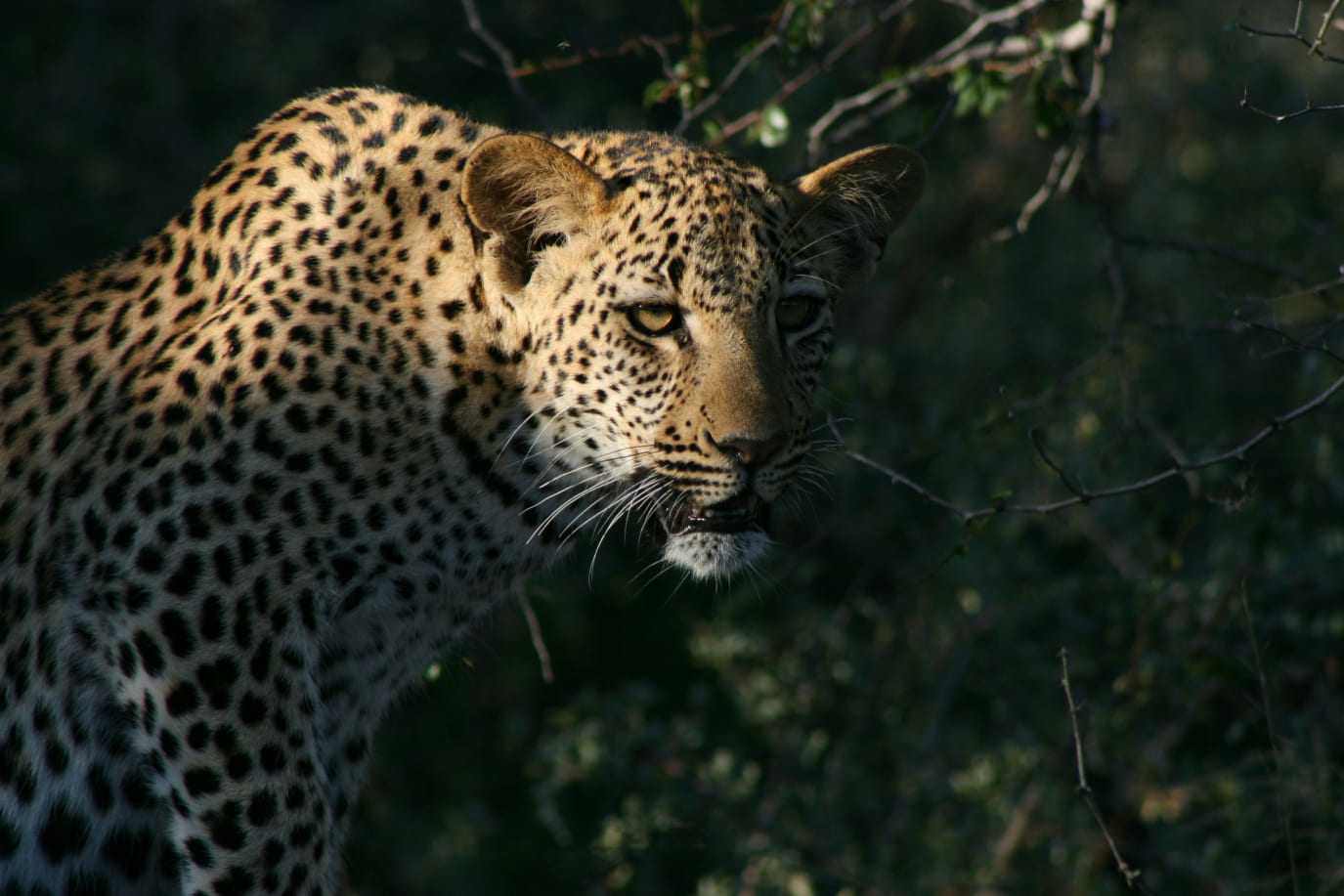
African Leopard: The Silent Stalker
The African leopard is a master of stealth, moving silently through the dense forests and savannas of Africa. Known for its distinctive spotted coat, this big cat is an expert hunter, capable of taking down prey much larger than itself. Leopards often drag their kills high into trees to keep them safe from scavengers.
Learn More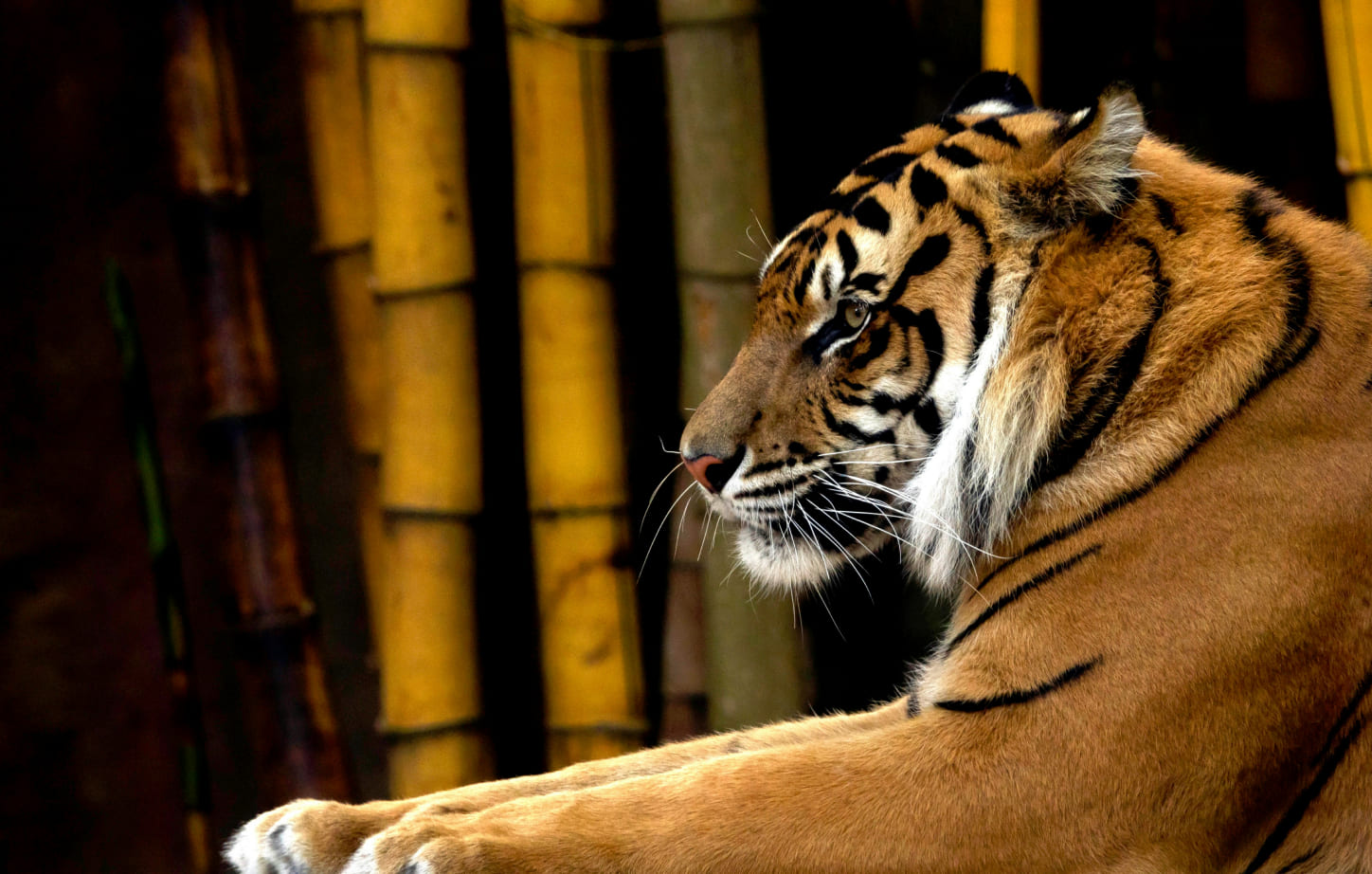
Sumatran Tiger: A Striped Survivor
The Sumatran tiger, the smallest of all tiger subspecies, is found only on the Indonesian island of Sumatra. With its dense, dark orange coat and narrow black stripes, this tiger is perfectly camouflaged for the tropical rainforest.
Learn More